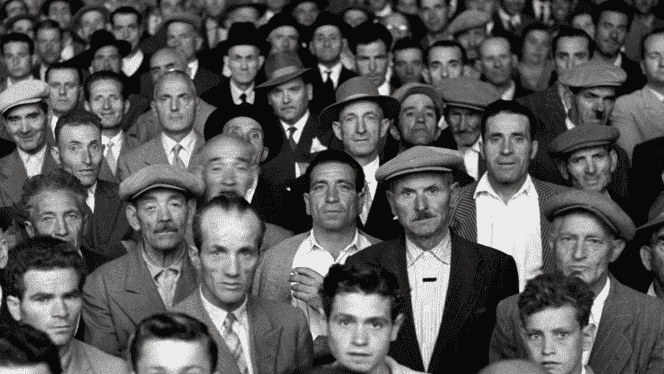Until June 21, the Cinémathèque du documentaire is organizing an online retrospective “Pasolini, Pasoliniennes, Pasoliniens! »Around the figure of Pier Paolo Pasolini (1922-1975), Italian multi-cap intellectual, rabid poet, filmmaker in his spare time, unforgettable author ofAccattone (1961), Theorem (1968) and Salo (1975). The programming is unique in that it sheds light on a less well-known part of its filmography, that of documentaries. Part which includes, in addition to a striking Sexuality survey (1964), where Pasolini hands the microphone in the street to his fellow citizens, the formidable series of Appunti, his cinematographic “notebooks”, where he documented the preparation of his films (such as the locations in Palestine by The Gospel according to Saint Matthew, in 1964).
The cycle does not stop there, and brings together, moreover, a whole galaxy of works, friends, neighbors or heirs, who have shared or extended the Pasolinian gesture, according to which the real is never more than a reflection of the myth. , and reciprocally.
Cecilia Mangini was the first woman of the 1950s to go behind the camera, to assert herself a filmmaker
If one had to follow, within these abundant lineages running from Silvano Agosti to Pietro Marcello, a main thread, it would be above all that linking Pasolini to Cecilia Mangini (1927-2021), a formidable documentary filmmaker whose several rare works are presented here. The occasion resonates all the more strongly as this great lady passed away on January 21, at the venerable age of 93, at the end of a rich and eventful career.
Still largely ignored, his films are worth more than a glance: often very beautiful, they combine an incredible sense of plastic composition, a vibrant gaze, a political conscience without didacticism, on Italy in the second half of the 20th century.e century. Mangini was also, it is not insignificant, the first woman of the 1950s to go behind the camera, to assert herself a filmmaker, to bravely dare to build a work, considered in this respect as a pioneer.
In the footsteps of neorealism
Born in 1927 in Puglia, a poor and rural region in southern Italy, the young artist made her debut in the field of photography, alongside her husband and workmate, Lino Del Fra. In 1952, at the age of 25, she carried out two remarkable reports on the Aeolian Islands, one on the children of fishermen on the rocky reef of Panarea, the other on the pumice stone quarries of Lipari, where the hauled bodies of the workers were stand out on the mineral expanses of radiant whiteness.
You have 61.04% of this article left to read. The rest is for subscribers only.
